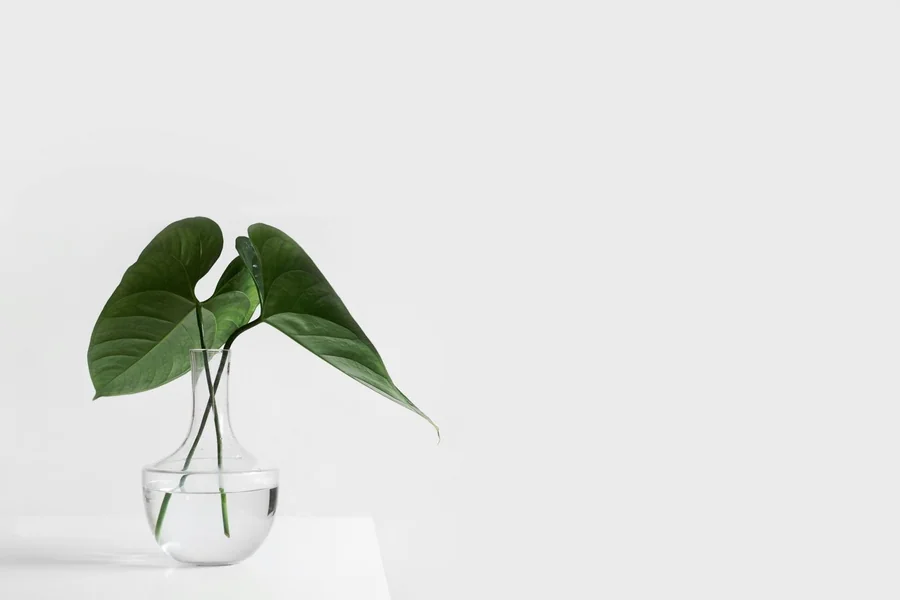Cluttered designs with distracting details might be a thing of the past. Those who used to be fascinated by colorful, exaggerated designs with different features have shifted towards simpler things. They prefer minimalist themes, clean lines, and less intense colors. While this may not be the case for everyone, the switch to minimalism is visible.
Still, minimalism doesn’t equal “boring”. You may have noticed that many current industries have adopted minimalistic designs, from top online casino platforms to mobile phones and more. But what makes these simplistic layouts so attractive, and why is “less” selling more today? In this article, we will find out why minimalism has become the norm.
What Are Minimalist Layouts?
Minimalist layouts refer to simple designs that include only the most essential details. These styles are popular in many industries, from real estate to web design and even marketing.
To put it simply, minimalism eliminates clutter and distractions, making you focus only on the essentials.
The minimalist trend ensures you only see the aspects that are there for a reason. By taking away things that aren’t necessary, the most important features are able to stand out. As such, minimalist designs will feature muted colors, clean lines, and zero distractions.
Minimalism in Different Industries
Minimalist designs have been gaining traction in various areas. You may be most familiar with real estate minimalism. Here, spaces have fewer items and are less cluttered, feeling more open and brighter.
Houses with such designs have clean, simple elements like sleek furnishings, neutral colors, less personalization, and no crowding. There may also be open floor plans in some of these houses.
Many people feel uncomfortable in cluttered places, which is why minimalism may be able to sell more.
“I find it visually and physically intrusive; there’s nothing worse than having to remove cushions from a bed or a sofa before you can sit down,” says architect William Smalley.
But minimalism isn’t popular in real estate alone. Packaging, ad campaigns, and web designs have also taken a more simplistic route, removing details that were just taking up unnecessary space and creating distractions.
For instance, in packaging, there’s more focus on limiting colors, but also on using typography carefully and negative space wisely. There’s a psychology behind why consumers tend to go for simpler designs. Apparently, many people associate minimalist packaging with higher quality products while reducing cognitive load.
In web design, minimalistic layouts contain stronger messages, carefully planned structures, simple icons, limited color schemes, and fewer elements. The pages give people more room to breathe instead of stressing out the visitor with thousands of elements, windows, and words. Besides the visual advantage, minimalism may also help some websites run better, which encourages visitors to return.
When it comes to marketing, minimalism includes clear messaging, few elements, and clean visuals. It lets the target audience interact with the message without being distracted mentally and visually. Basically, everything serves a purpose.
Why Is Minimalism So Successful?
Although some people may still appreciate colorful, detailed layouts, the shift towards simpler designs has been obvious in the last few years. “Less” is selling more today, which is why many marketers and designers take a minimalist approach.
But what makes it so successful? There are several reasons:
1. Less Decision Fatigue
We live in a world where information is constantly thrown at us from all angles. It’s not unusual for people to feel overwhelmed. If consumers interact with cluttered ads and spaces, it may be harder for them to make a decision.
With minimalist layouts, it may be easier for consumers to decide if they want to buy something. They decrease visual and verbal stimuli, so individuals can remember the message properly.
2. Building Trust
Many people associate minimalist designs with authenticity and trustworthiness. Brands that focus on essential aspects in their marketing may have more attention to detail and enjoy more success as a result. The Favier, Celhay, and Pantin study proved this by showing that simple packaging conveys reliability and sobriety.
3. Improved Experience
In web design, simple layouts can have an impact not only visually but also functionally. Cluttered designs may be too harsh on people’s eyes and distract them from what they’re there for. However, they can also make pages load slower, which can increase bounce rates.
With minimalistic designs, websites make content easier to understand and increase speed, improving navigation. This improves user experience.
4. More Memorability
Maximalist designs are harder to remember. There are so many details to focus on that it’s hard to find something to associate a campaign with. This is where minimalist designs shine.
Simpler layouts are much easier to remember. In branding, people are more likely to memorize a less detailed logo. Simple fonts that aren’t surrounded by unnecessary elements will stand out, so customers can remember them and feel more attracted to a brand.
5. More Peace of Mind
Minimalism has been found to improve people’s well-being. For example, a minimalist lifestyle involves less clutter and ensures people spend less time cleaning and organizing their houses. Not only that, but it ensures that individuals focus on essentials and spend less money on things that make their homes feel crowded and distracting.
When there are fewer material needs, users may be able to focus more on their hobbies and get better at making decisions. Studies also found that minimalism can improve someone’s well-being and health.
6. Aligning with Modern Values
Minimalist designs align with today’s values. Simple designs are cleaner and more eco-conscious, showing good intent and professionalism. These layouts resonate with today’s focus on mindfulness and increased sustainability.
Minimalist layouts sell more today due to reducing distracting stimuli, building more trust with consumers, improving people’s experience, leading to less decision fatigue, and being more memorable. They align with today’s values and have more perceived value.
That being said, we may see more minimalist designs on websites, in ad campaigns, and in people’s homes moving forward.




